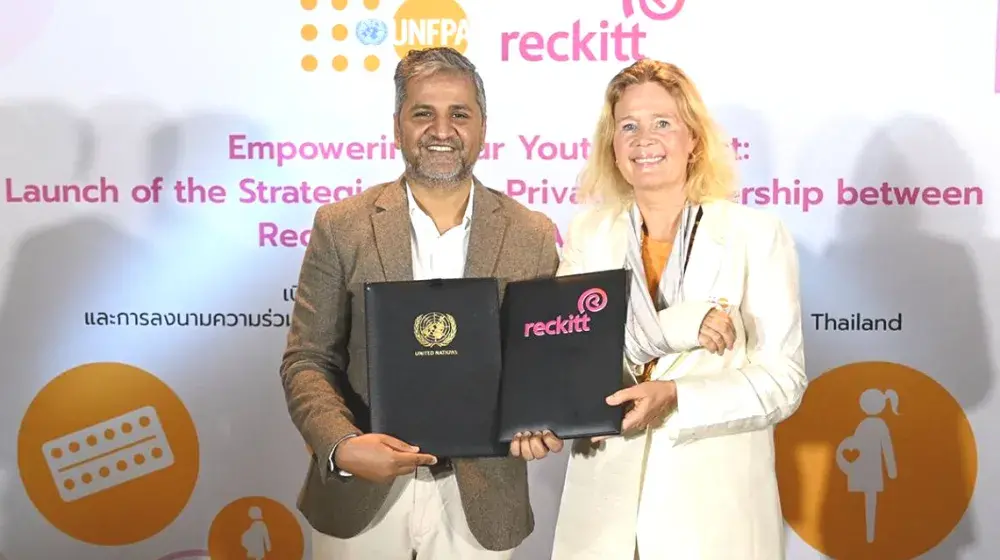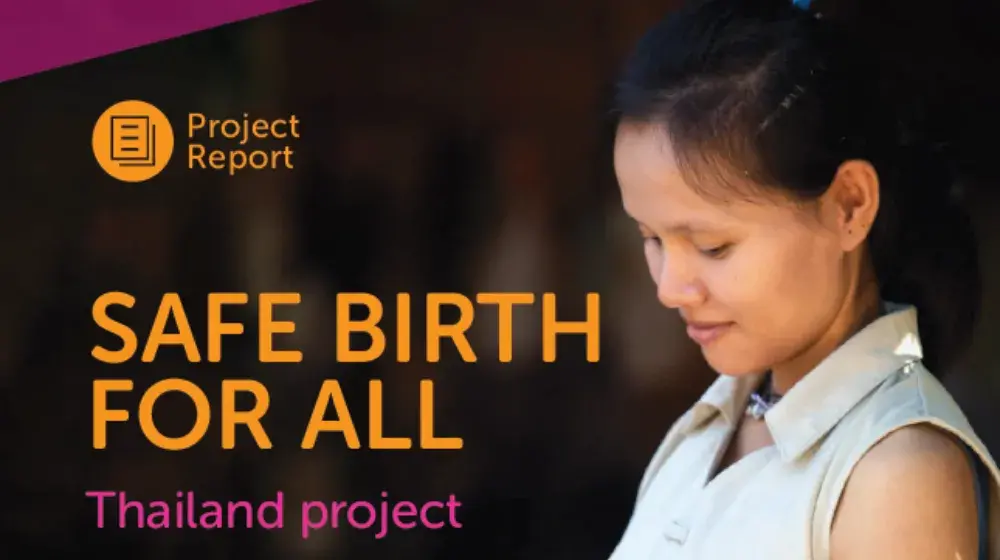Family planning by choice
Published: 7/12/2012 Bangkok Post
My grandmother was born in 1899, the youngest child in a family of 11 children. She herself had only two children, and the first one was born when she was 27 years old. "I don't want to spend my life washing nappies and cooking food," she told my grandfather, and he agreed.
But it was up to my grandmother to figure out how to do it, and in those days a "decent" woman would not go out to buy condoms.
She would stand in line at the local pharmacy and let everyone pass before her until the store was empty. Then she would whisper to the shopkeeper that she wanted condoms.
"Next time just tell me 'two for three'," he told her, because that was how much they cost at the time.
"Two for three" became a code word in our family for the next three generations.
Almost one hundred years later, many women in the world still do not have their "two for three".
The State of the World Population 2012 Report, released last month by the United Nations Population Fund (UNFPA), found that worldwide, one out of every four women would like to plan their families but do not have the means to do so. This means that each year, 80 million women get pregnant without having chosen to be so.
Twenty-eight million of these pregnancies are estimated to end in abortions, often under circumstances that leave women dead, sterile, or with serious health consequences for the rest of their lives. About 40% of those unsafe abortions are undertaken by adolescents and young women.
There are several reasons for this. Many women do not know about family planning. They do not know where to find the methods. And when they do know they may face resistance by husbands, families, communities and religious leaders.
They may feel ashamed, or may not have the means to reach a health centre - too far, too expensive or no one to accompany her.
Every day, about 800 women die from pregnancy- or childbirth-related complications around the world. Many of these could have been prevented with good family planning. In the end, we could say, they died of ignorance.
So it is heart-warming to read, in the State of the World Population Report, the story of Grace Mathews, a mother of two in Malawi, who walks and cycles for two hours to get the contraceptives she needs to plan her family. She reminds me of what my grandmother would have done.
Thailand has done very well with regards to family planning. In 1960, Thai women had on average six children; today they have fewer than two. About 80% of all Thai couples and women use modern means of contraceptives today. The lowered birthrates have made incalculable contributions to having healthier, more educated and more productive citizens, and families that are able to save and invest in their children like never before.
And yet, when it comes to adolescents, the system is not working. For the past 10 years, the adolescent pregnancy rate in Thailand has been close to 5%. This means that out of every one hundred young women aged nineteen or younger, five have been pregnant at some time.
The discussion on whether adolescents should have sex is a difficult one. But the reality is that they do, and always have done.
The average Thai boy or girl becomes sexually active at age 16, but does not get married until they reach the age of 25. It is in the intervening 10 years that they need all the support they can get.
Young people are entering, staying in and ending partnerships in ways different from previous generations, as part of an evolving world where each generation, collectively, defines its own norms. What we might be able to influence is whether or not they end up being pregnant or contract HIV or another sexually transmitted diseases.
Sexual education is key to this - it exists in Thai schools but is not taught consistently, and teachers are often uncomfortable discussing the subject.
Health services adapted to the needs of young people are also essential - they exist but are typically geared towards the needs of young married people, and again many health personnel are uncomfortable providing services to unmarried young people who come in for issues related to sexuality and reproduction. In the end, young people will go elsewhere for their information and their health needs - or go nowhere at all.
A change in the quality of information and services provided to young people depends on a shift in attitudes towards their sexual and reproductive experiences. Research from around the globe suggests that today's young people are not necessarily more promiscuous than previous generations - but they are more open about it.
Acceptance of their openness would go a long way towards improving their chances of navigating the early years of their sexual lives safely, so that if and when they decide to start a family it will be under the best of conditions.
In the end, family planning is not about planning how many children you wish to have - it is about planning your life, about the right to plan your life as you see fit, and about society's duty to allow you to do so.
Family planning was always about putting choices back into the hands of people, about the victory of choice over chance. Education, health services, information, empowerment and positive attitudes are key to this - the equivalent of my grandmother's pharmacy owner who told her to ask for "two-for-three".
My great-grandmother never knew this pharmacist - she had 11 children, four of which died before they reached the age of five. My grandmother had two, and she had them by choice, not by chance.
Caspar Peek is Representative for Thailand, UNFPA, the United Nations Population Fund. He can be reached at peek@unfpa.org.




